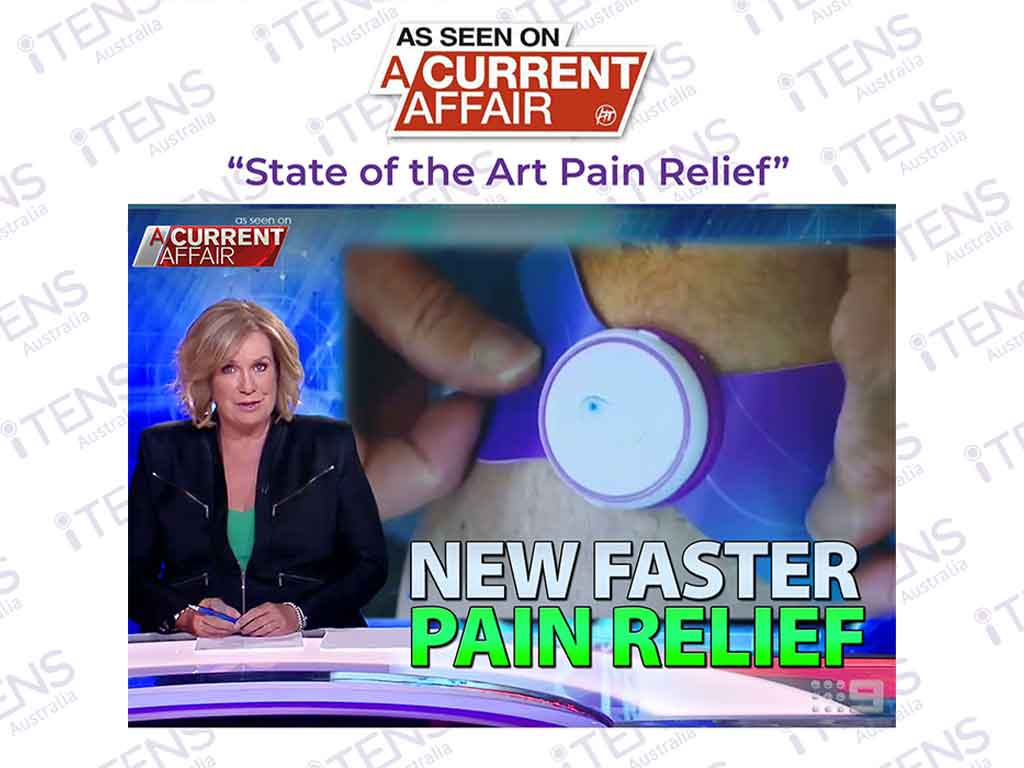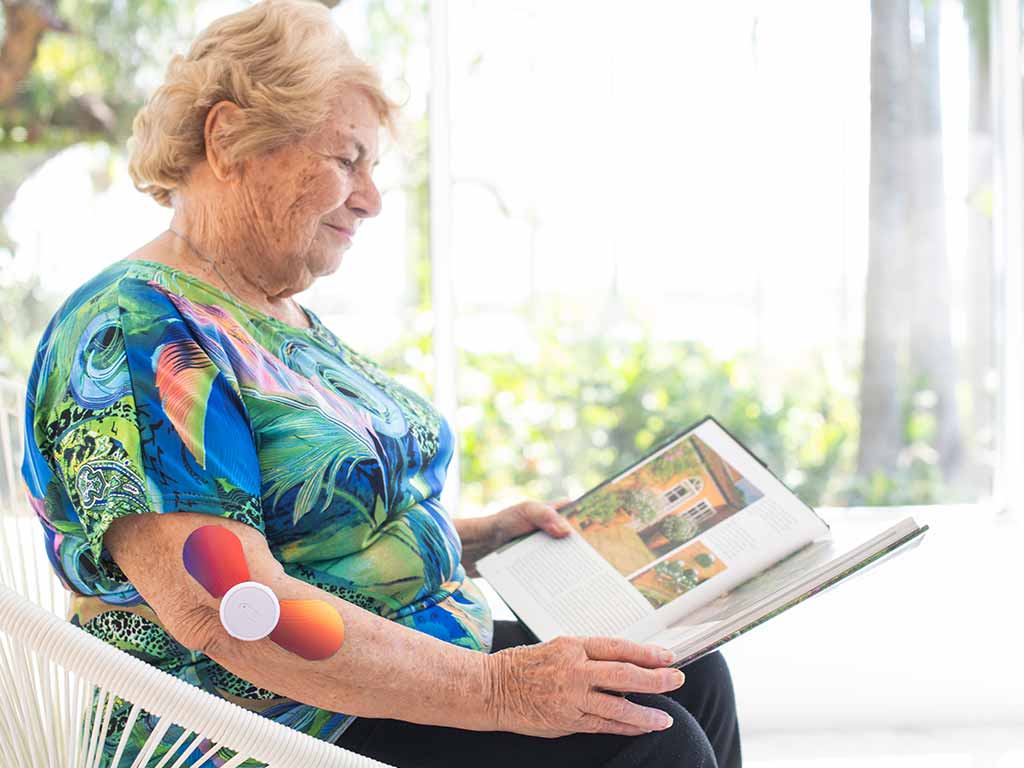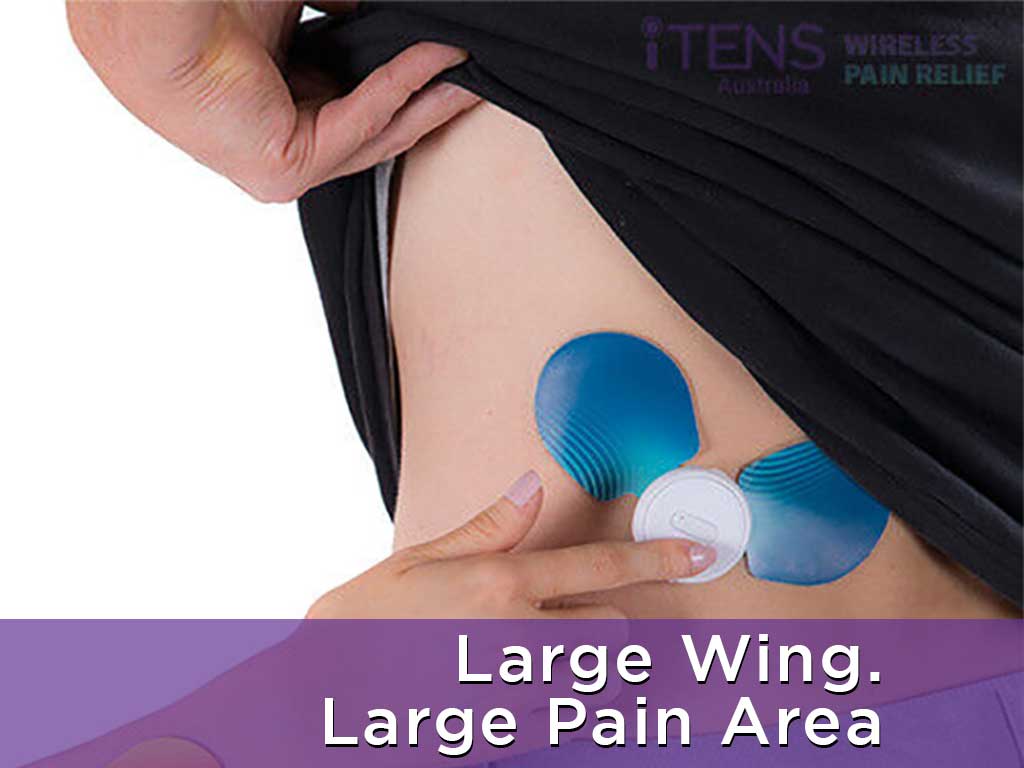
An electronic stimulator is a portable device that uses low-voltage electrical currents applied to the body. Its uses are broad, ranging from physical therapy to relaxation. It can also be used in clinical settings or at home. The device comes in various types, such as nerve and muscle stimulators being the most common. Each type serves specific purposes. Moreover, it involves proper electrode pad placement and adjustment of stimulation levels to ensure effective treatment.
Electrical stimulation is often a part of physical therapy programs to help patients with chronic pain or injury cope or recover faster. It helps manage pain, improve muscle strength, or increase the range of motion. This approach is drug-free and non-invasive. Thus, it is an ideal alternative for those who want to avoid medications or risky procedures. The following sections will talk about how electrical stimulators work, different types, and how to use them.
What Is an Electronic Stimulator?
An electronic stimulator or e-stim is a device consisting of a small power generator and adhesive electrode pads. The units send electrical impulses to the body for therapeutic purposes. It is typically battery-operated and portable, which users can apply to themselves. Hence, it does not need professional supervision to use the device.
Stim machines have adjustable settings to control the rate, duration, and intensity of the pulses. This helps individuals find the right degree of electrical stimulation for their needs. Additionally, many come with pre-set modes for quick and efficient use. This allows users to select a program for a specific treatment without having to adjust the settings manually.
The device also comes in different styles and forms. One type is the standard unit, which has a handheld push-button controller and wired electrode pads. The second type is wireless, which often comes with a compact generator and pads directly attached to it. It can be operated manually or through a wireless controller or smartphone through a Bluetooth connection.
How Does It Work?
- E-stim machines work by sending electrical signals to the body by placing the electrodes on the skin.
- The impulses reach the underlying muscles or nerves, eliciting sensory and motor feedback from the central nervous system.
- The electrical pulses mimic the natural signals of the body, transmitting information to the brain.
- Depending on the frequency level, the device can block pain signals going to the brain and release endorphins. This results in significant pain alleviation.
- Stronger electric currents induce muscle contractions, which aids in strengthening, toning, and re-conditioning.
- The electrical pulses stimulate the motor nerves to boost blood circulation in the area.

Types of Electronic Stimulators
There are many types of electronic stimulators, each with a different application or purpose. One common type is Transcutaneous Electrical Nerve Stimulation (TENS). A TENS unit targets the sensory nerves, which helps relieve pain by blocking pain signals. This is suitable for people who want to manage chronic pain without relying on pain medicines.
Another type of machine is the Electrical Muscle Stimulation (EMS) unit. EMS is widely used in physical therapy and rehabilitation settings. It uses a higher frequency than TENS to contract and relax the muscles. Furthermore, Neuromuscular Electrical Stimulation (NMES) targets muscles and nerves to enhance muscle function. EMS and NMES are beneficial for individuals recovering from muscle injuries or surgeries or those who want to improve muscle endurance.
Functional Electrical Stimulation (FES) and Spinal Cord Stimulation (SCS) machines are other types. They are implantable devices that activate muscles in individuals with spinal cord injuries, relieve pain, and restore limited mobility. Lastly, there are basic pulse massagers that use electrical current to relax and reduce muscle spasms, tension, and soreness.
A Closer Look at TENS Machines
TENS machines are the most common type of electrotherapy device. It is safe for many people and easy to use. It works specifically on the nerves to reduce pain symptoms and other discomforts. TENS units have adjustable settings and pre-set programs to suit different types of acute and chronic pain. Overall, it offers a comprehensive and versatile pain relief system.
Individuals may use TENS machines in the comfort of their homes or on the go. It provides short-term relief for various conditions, such as arthritis, sciatica, fibromyalgia, and degenerative disc diseases. They can also help with period pain, labour pain, and muscle strains.

How to Use An Electronic Stimulator
The operation procedure of an electronic stimulator will depend on the type. It is essential to know the appropriate frequency and intensity level for the intended treatment. However, there are general guidelines that can be followed. To start, identify the target area and clean the surface before attaching the electrodes. This helps to optimise the adhesion of the pads and electrical stimulation to the correct area.
Once the electrode pads are in place, turn the unit on and adjust the settings. Set the frequency, pulse duration, and waveforms according to the individual condition or desired outcome. This may also depend upon the recommendation of a health professional. Moreover, it is also best to start at the lowest intensity level and gradually increase until the sensations are firm but comfortable.
For TENS therapy, individuals may use the unit for up to one hour, depending on the settings. On the other hand, EMS devices are recommended to use within 20 minutes. This is because stronger currents may cause muscle fatigue with prolonged use. After use, turn off the machine before removing the pads.
Safety Precautions
All electrotherapy machines require safety precautions when in use. It is important to follow the operating instructions and safety guidelines of the device. In general, always keep the frequency and intensity settings to a comfortable level. In addition, avoid usage on sensitive areas, including the head, throat, chest, and spine.
It is also crucial to avoid the use of electrical devices near or in the water, as they can cause shocks and have adverse effects. Furthermore, some people may have allergic reactions due to the pads. If side effects occur, discontinue use, monitor the condition of the skin, and consult a doctor if necessary.
Conclusion
Electronic stimulators are a fast and innovative way to manage various conditions. They are portable devices that use small electrical currents to stimulate the nerves and muscles. Some are also easy to use, allowing for self-administration. Moreover, nerve and muscle stimulators come in various types, including TENS, EMS, and NMES. Each type has its functions and benefits. Thus, it is vital to determine the condition to choose the correct machine for the desired outcome.
The use of such devices entails correct usage and safety guidelines. It is important to follow these guidelines for an effective and safe treatment. For example, do not exceed the recommended intensity levels and treatment duration. Likewise, follow the proper pad placement. Overall, they are a safe, cost-effective, and non-invasive method of pain relief and muscle stimulation. For best results, consult a health professional before use. Individuals interested in TENS therapy may consider the iTENS from iTENS Australia.




















